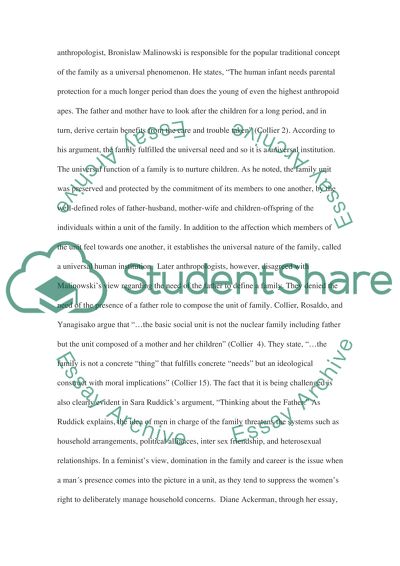Cite this document
(“The family Essay Example | Topics and Well Written Essays - 1250 words”, n.d.)
Retrieved de https://studentshare.org/miscellaneous/1544621-the-family
Retrieved de https://studentshare.org/miscellaneous/1544621-the-family
(The Family Essay Example | Topics and Well Written Essays - 1250 Words)
https://studentshare.org/miscellaneous/1544621-the-family.
https://studentshare.org/miscellaneous/1544621-the-family.
“The Family Essay Example | Topics and Well Written Essays - 1250 Words”, n.d. https://studentshare.org/miscellaneous/1544621-the-family.


